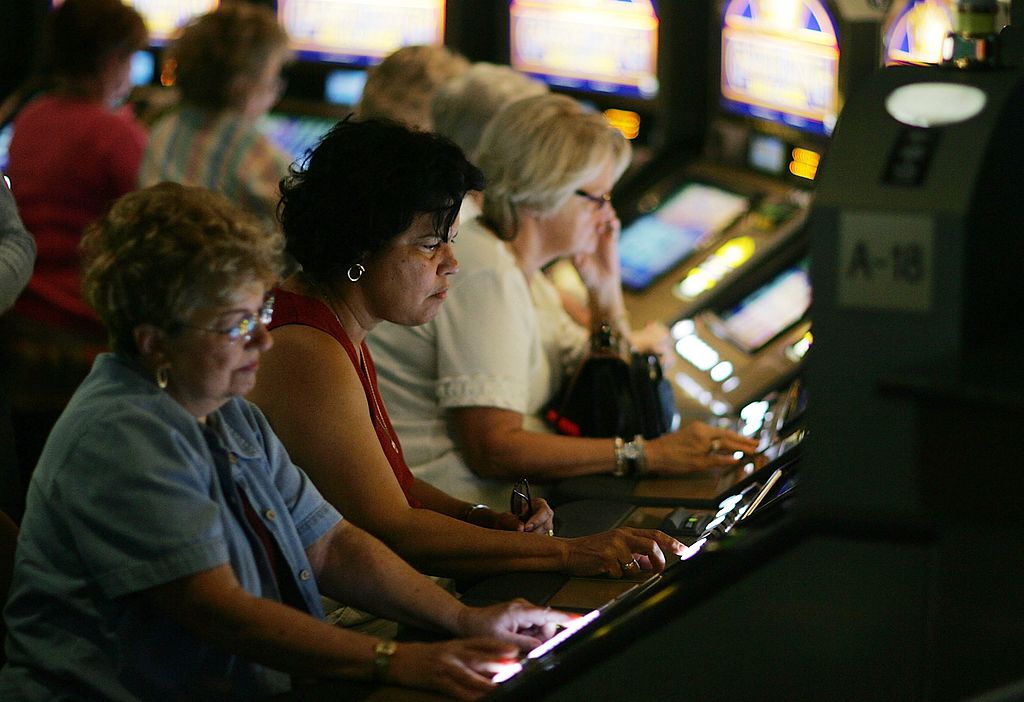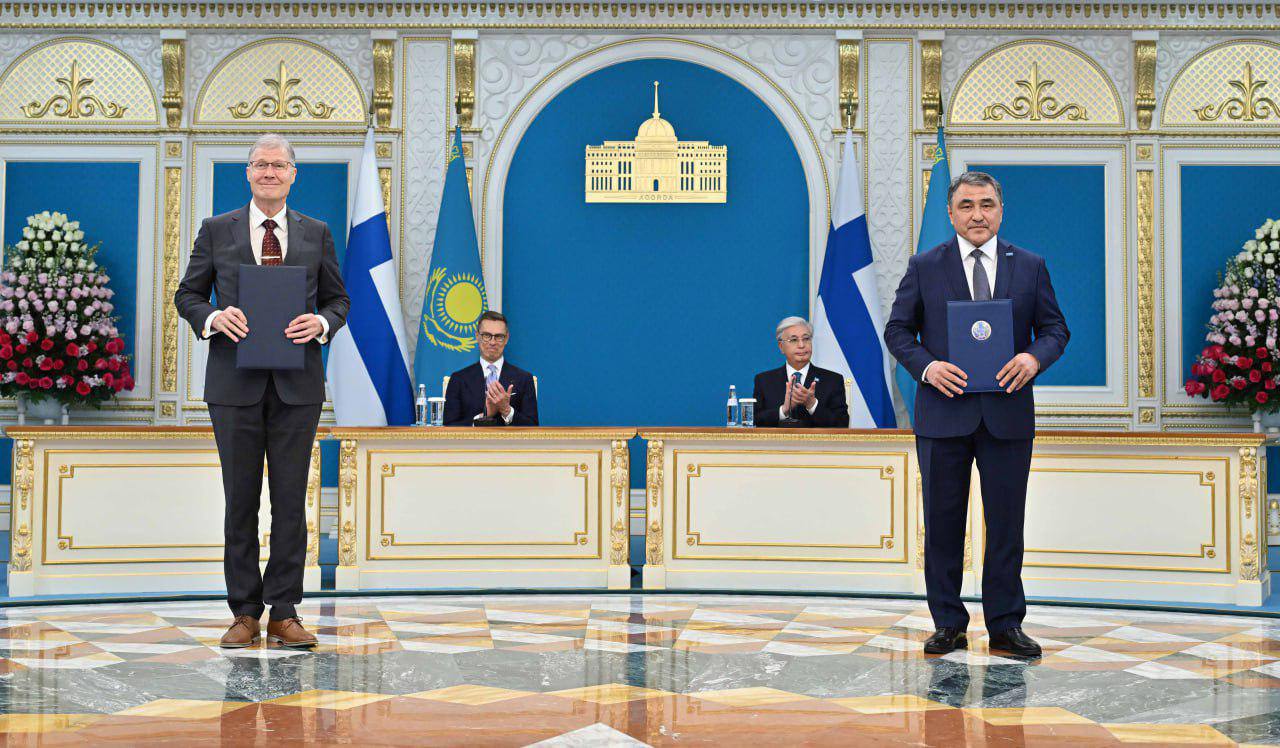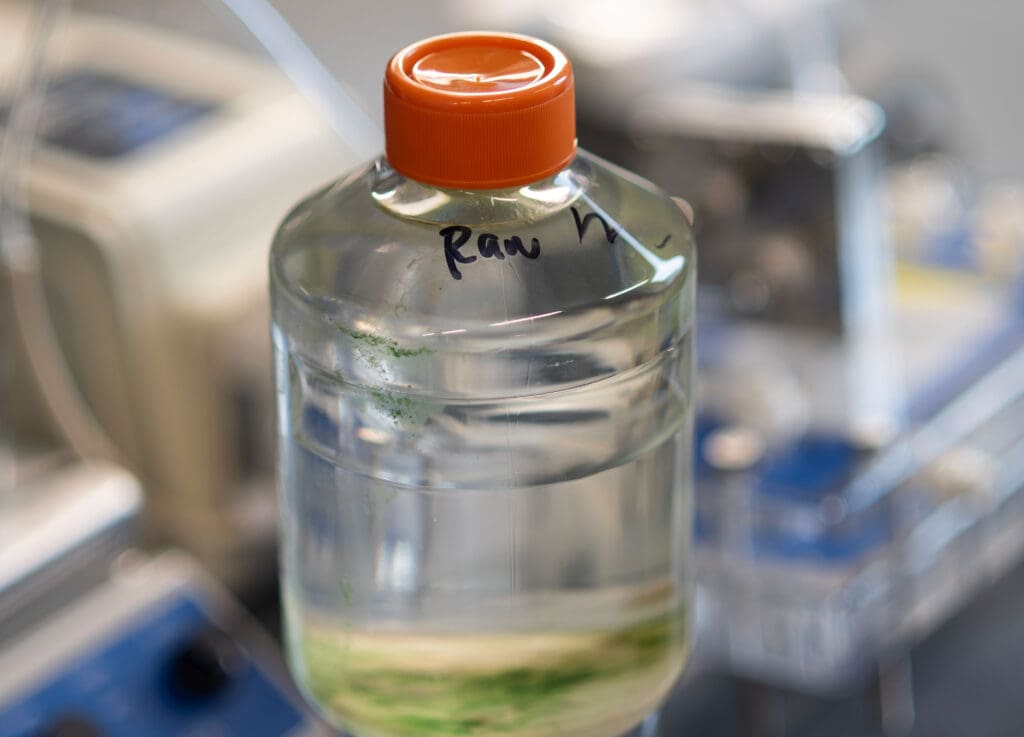MrBeast leads online creators in $40 million fundraiser to build better quality water projects worldwdie – Fortune

Report on the #TeamWater Initiative and its Alignment with Sustainable Development Goals
Executive Summary
A global coalition of online content creators, led by MrBeast and Mark Rober, has launched the #TeamWater fundraising campaign. The initiative aims to raise $40 million to address the global water crisis, directly contributing to the United Nations’ Sustainable Development Goals (SDGs), particularly SDG 6 (Clean Water and Sanitation). By leveraging a combined subscriber base of over two billion, the campaign partners with established non-governmental organizations (NGOs) to implement sustainable water infrastructure projects worldwide.
Addressing SDG 6: Clean Water and Sanitation
The core mission of the #TeamWater campaign is to combat the global water crisis, a central target of SDG 6. According to United Nations data, over two billion people lacked access to safely managed drinking water in 2022. The campaign sets a clear objective to make a tangible impact on this issue.
- Primary Goal: To provide sustainable, safe water access for two million people.
- Mechanism: A monthlong crowdfunding drive mobilizing the global online community.
- Impact: The initiative directly addresses SDG Target 6.1, which aims to achieve universal and equitable access to safe and affordable drinking water for all by 2030.
Strategic Partnerships for the Goals (SDG 17)
The campaign’s structure exemplifies SDG 17, which emphasizes the importance of partnerships to achieve sustainable development. The collaboration unites the awareness-building power of digital creators with the on-the-ground implementation expertise of specialized NGOs.
- Lead Organizers: A consortium of online creators including MrBeast, Mark Rober, Kai Cenat, the Stokes Twins, and Dude Perfect.
- Primary Implementation Partner: WaterAid, an international NGO with extensive experience in designing and building community-specific water solutions.
- Supporting Partners: The initiative also involves Charity partners GivePower and the Alok Foundation, which will assist with project implementation in Kenya and Brazil, respectively.
Sustainable Infrastructure and Community Empowerment (SDG 11 & SDG 8)
The implementation strategy focuses on long-term sustainability and local empowerment, aligning with SDG 11 (Sustainable Cities and Communities) and SDG 8 (Decent Work and Economic Growth). The approach moves beyond simple aid to build resilient infrastructure and local capacity.
Project Implementation Strategy:
- Community-Led Design: WaterAid engages with local communities for up to a year to co-design solutions that are appropriate for the local context and ensure long-term viability.
- Sustainable Technology: Projects include the construction of solar-powered wells, rainwater harvesting systems, and atmospheric water generators.
- Local Capacity Building: The program involves training local water technicians, creating skilled jobs and ensuring that communities can maintain their own water systems, contributing to SDG 8.
Global Scope and Localized Impact
The #TeamWater initiative will fund projects across multiple continents, demonstrating a global commitment to resolving water access issues in diverse environments.
- International Project Locations: Colombia, Bangladesh, Ecuador, Malawi, and Kenya.
- U.S.-Based Projects:
- An atmospheric water generator for a facility in Jackson, Mississippi.
- Infrastructure repair in Rhodell, West Virginia, managed by the nonprofit DigDeep.
Evolution from Previous Environmental Campaigns (SDG 14 & SDG 15)
This initiative follows previous successful campaigns, #TeamTrees and #TeamSeas, which addressed SDG 15 (Life on Land) and SDG 14 (Life Below Water), respectively. While those efforts faced critiques for potentially oversimplifying complex environmental issues, the #TeamWater campaign demonstrates a strategic evolution by placing a stronger emphasis on the human dimension of sustainability. Organizers state the goal is to use the campaign as an entry point for deeper, sustained public engagement with the interconnected challenges of human well-being and environmental health, reflecting the integrated nature of the entire SDG framework.
SDGs Addressed in the Article
SDG 6: Clean Water and Sanitation
- The article’s central focus is the #TeamWater campaign, a global fundraiser explicitly designed to “build water quality projects” and “combat unsafe water sources.” It directly addresses the problem statement of SDG 6 by highlighting that “More than 2 billion people lacked access to safely managed drinking water as of 2022.” The entire initiative is geared towards providing clean and safe water to communities in need.
SDG 17: Partnerships for the Goals
- The article describes the campaign as “the biggest YouTube collaboration,” involving a multi-stakeholder partnership. This includes online creators (MrBeast, Mark Rober), their global audience (“combined 2 billion subscribers”), and several non-profit organizations (WaterAid, GivePower, Alok Foundation, DigDeep). This model of mobilizing financial resources, expertise, and global awareness to achieve a common goal is the essence of SDG 17.
Specific Targets Identified
Target 6.1: By 2030, achieve universal and equitable access to safe and affordable drinking water for all.
- The campaign’s primary objective is to make a “dent in that figure” of people lacking safe water by “providing sustainable access for 2 million people.” This directly contributes to the goal of achieving access to safely managed drinking water for all.
Target 6.b: Support and strengthen the participation of local communities in improving water and sanitation management.
- The article highlights the implementation strategy of the partner organization, WaterAid, which “typically engages communities for up to a year designing the proper solution.” The quote, “It all begins and ends in the communities we work with,” and the mention of “training local water technicians” demonstrate a clear commitment to strengthening local community participation and ownership in water management.
Target 17.17: Encourage and promote effective public, public-private and civil society partnerships, building on the experience and resourcing strategies of partnerships.
- The #TeamWater initiative is a prime example of a large-scale civil society partnership that brings together influencers, non-profits, and the public. The article explicitly states that this drive “follows the 2019 #TeamTrees and 2021 #TeamSeas campaigns,” showing that it is building upon the experience and strategies of previous successful partnership-based campaigns.
Indicators Mentioned or Implied
Indicators for SDG 6 (Clean Water and Sanitation)
- Number of people provided with sustainable water access: The article states a clear, measurable goal of “providing sustainable access for 2 million people.”
- Number and type of water infrastructure projects: The article mentions specific, tangible outputs that can be counted as indicators of progress, such as the construction of “solar-powered wells,” “rainwater harvesting systems,” an “atmospheric water generator,” and a “15,000-liter tank.”
- Number of local technicians trained: This is an implied indicator, as the article notes that WaterAid’s work “sometimes involves training local water technicians” to ensure the long-term sustainability of the projects.
Indicators for SDG 17 (Partnerships for the Goals)
- Amount of financial resources mobilized: The campaign is identified as a “$40 million fundraiser,” which is a direct measure of the financial resources mobilized by the partnership.
- Number and diversity of partners involved: The article mentions the involvement of “dozens of countries,” numerous online creators, and multiple charity partners (“WaterAid,” “GivePower,” “the Alok Foundation,” “DigDeep”), indicating the breadth of the collaboration.
- Scale of public engagement and awareness: The campaign’s effort to “rally their combined 2 billion subscribers” serves as a powerful indicator of the partnership’s reach and its capacity to build global awareness.
Table of SDGs, Targets, and Indicators
| SDGs | Targets | Indicators |
|---|---|---|
| SDG 6: Clean Water and Sanitation |
|
|
| SDG 17: Partnerships for the Goals |
|
|
Source: fortune.com

What is Your Reaction?
 Like
0
Like
0
 Dislike
0
Dislike
0
 Love
0
Love
0
 Funny
0
Funny
0
 Angry
0
Angry
0
 Sad
0
Sad
0
 Wow
0
Wow
0



























;Resize=805#)



















































